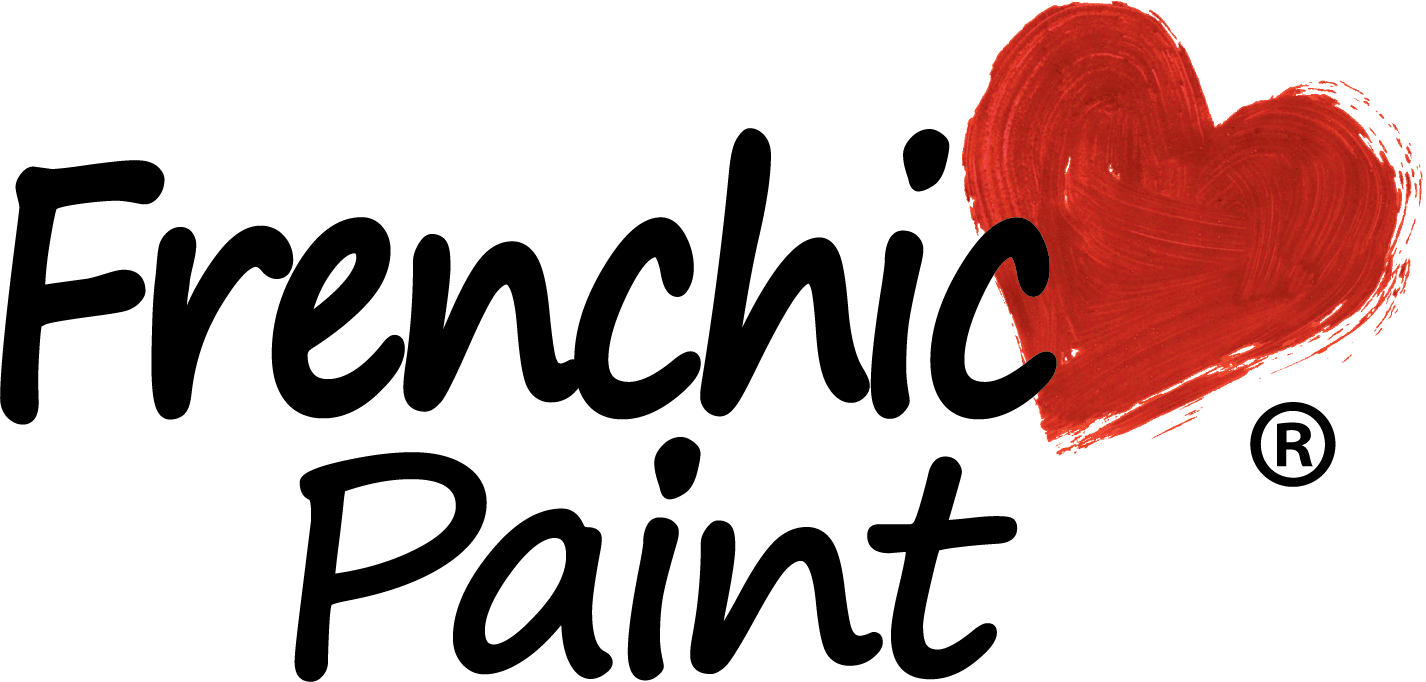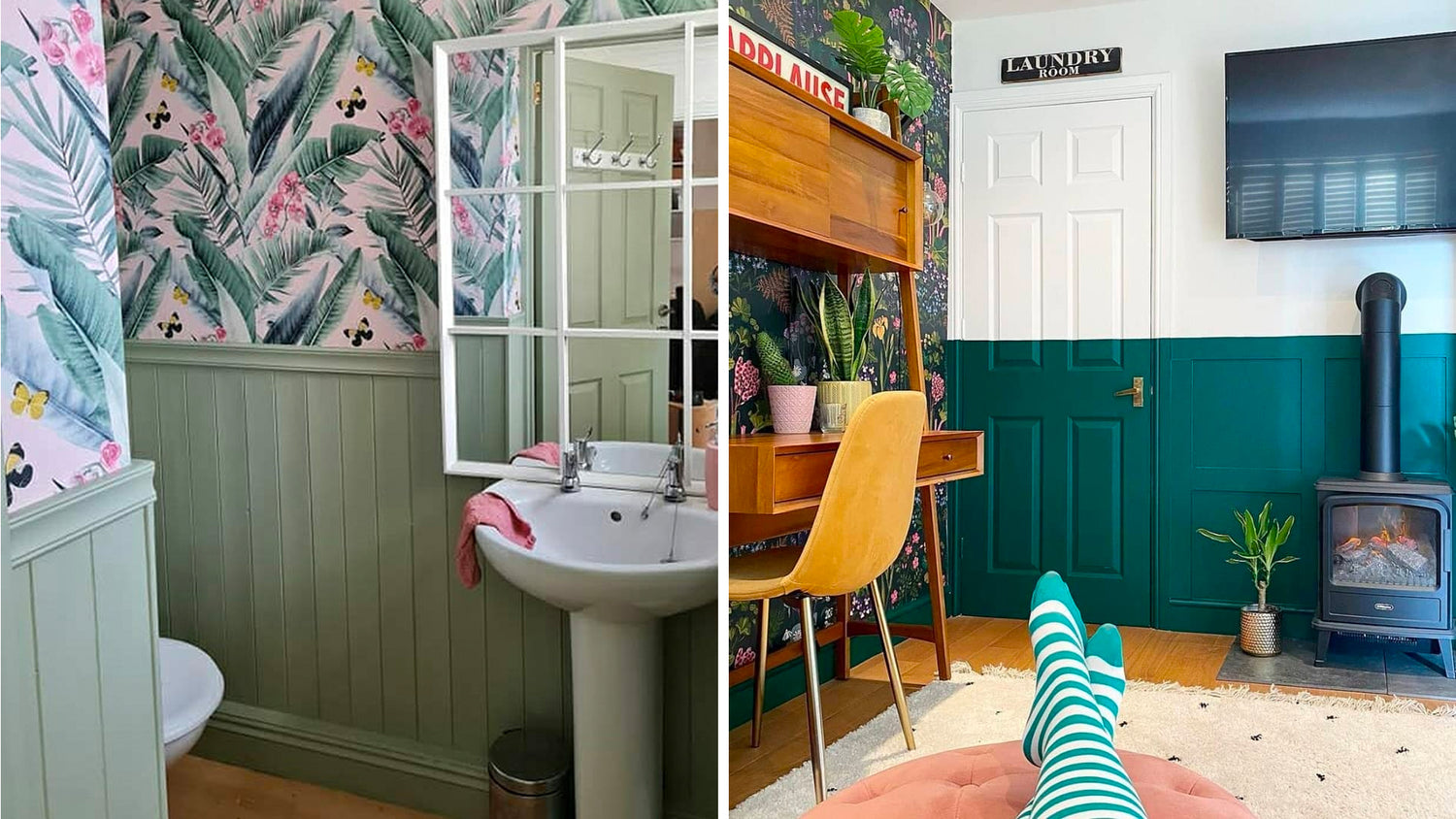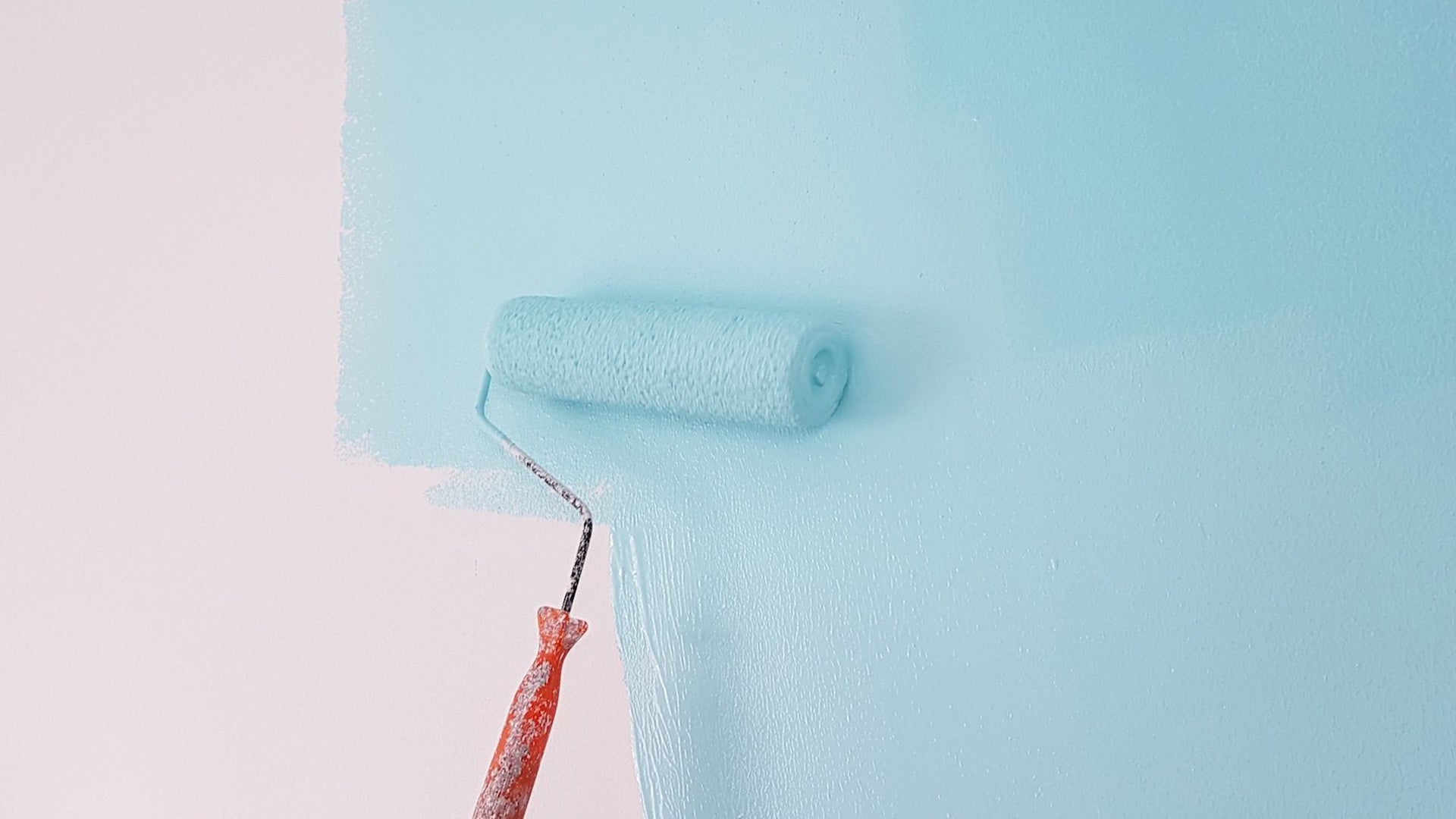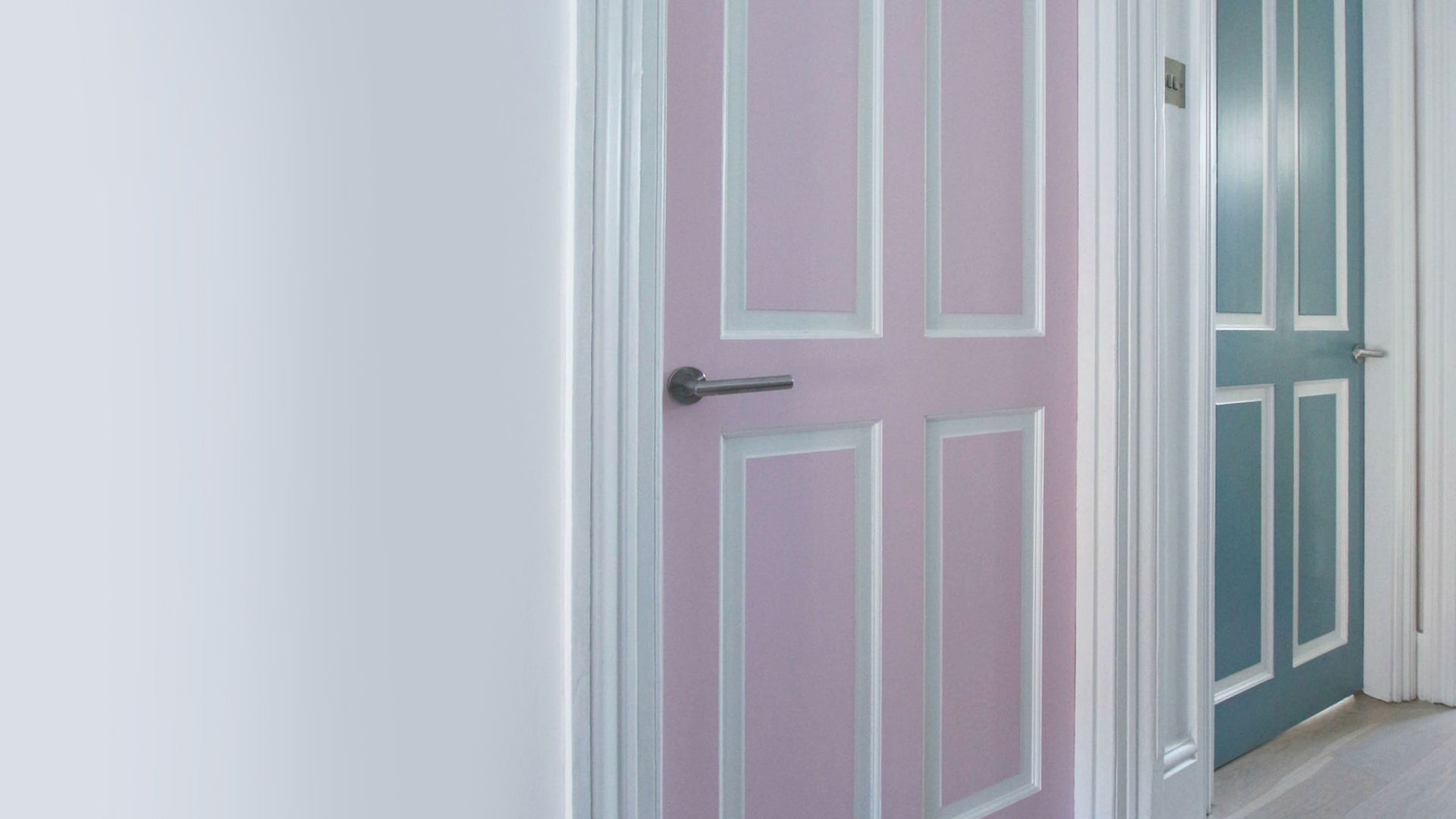Painting different colours for the upper and lower halves of walls has been popular for some time. These ‘half and half’ walls have become a big trend of late in the UK. With good reason too. They allow you to add more interest and vibrancy to a room, making a greater impact on the way your space looks and feels than walls painted in one colour.
That said, there are a few more factors to consider with walls painted half and half. Should you add panelling? Is it best to use paint or paper? And do you actually want the halves to be equal? Read on as we discuss all of the key considerations and how to do a half-painted wall.
Half and half – choose your materials
Half and half walls come in many different shapes and sizes, so to speak. One of the first distinctions you’ll come across is that some use wallpaper and paint, whilst others have walls painted half and half.
For the first option, a half-painted wall is paired with wallpaper on the remaining half – the paint colour tying in with an element of the wallpaper, whether above or below. This allows you to add a more intricate design than you would achieve with paint. It also means the paper’s design won’t overwhelm the room – or the people within it – because it’s only being used on part of the wall.
Alternatively, you can go for half and half painted walls. This option is increasingly popular as it cuts out the daunting wallpapering process. It also avoids the use of wallpaper patterns, which can quickly become dated. Should you change your design scheme or just fancy a new colour, you can easily paint over your existing half and half walls without too much fuss.
To panel or not to panel?
…That is the question. Wood panelling is widely used on the continent and often painted a contrasting or toning colour. A similar look can be seen in period homes, where textured wallpaper is used below a dado rail before being painted over in a colour of choice.
Adding panelling to the lower ‘half’ of your wall is a great way to add texture and break up a bland wall. It provides more depth for your design, leaving a subtle pattern even after it’s been painted over. On top of that, it’s great if you want to achieve a period look, even in a modern home.
But don’t despair. If attempting wallpapering or panelling feels daunting, you can just mask up and paint away. This will cut the cost, effort and time required for your half and half painted walls. The end result will offer a contemporary feel which looks super-crisp and smart. The icing on the cake is that it’s unbelievably satisfying when you pull off that frog tape to reveal a clean, painted line.
Getting a good balance – when is a half not a half?
Now we’ve covered the basic types of half and half walls, it’s time to think about the size of those ‘halves’. While it’s easier to refer to walls being painted half and half, more often than not there will be an uneven split.
A good rule of thumb in most situations is to divide the walls approximately with a two-thirds : one-third proportion. For the vast majority of homes, it works best visually if you have the smaller section at the bottom. However, reversing this split by opting for the smaller third at the top can inject an element of surprise and grandeur – this works particularly well if you are adding shaker style panelling.
Of course, you may have existing features (window frames, a fireplace or tiled area) that mean you need to adapt the proportions slightly. Try to avoid having your dividing line ending up ‘just off’ – either line up exactly, for example with your mantle piece, or go a few inches higher or lower.
A successful meeting
While we’re on the subject of the line between two halves, it’s worth noting that lines don’t always have to be straight. While a clean, crisp straight line looks oh so cool, you don’t have to stick to the straight and narrow.
Think outside the box and consider creative alternatives like scalloped, wavy and castellated joins or have a go at an ombre effect – all fabulous for children’s rooms.
All it takes is a bit of planning and imagination with your masking tape – or a bit of help from custom stencils – and you can achieve a more intricate, playful look for your half and half walls.
Colours for half and half painted walls
Onto probably the most fun part of how to do a half-painted wall – the colours! Above all else, it’s down to your preference and the look you want to achieve. Toning colours (using darker and lighter shades of the same colour) can be used for a look that’s both seamless and forgiving. Another idea that works well in this respect is teaming soft or neutral colours like Stone in Love or Bon Bon with a crisp white like Whitey White.
On the other hand, if you want to go bold, you can pair on-trend shades like deep grey Gentlemen’s Club or inky blue Smooth Operator with white. Or go for the ultimate contrast with Black Forest!
You can also make colours work to your advantage in a space. Eyes will naturally be drawn to the lighter colours in a room. With that in mind, using a darker colour at the bottom can give the illusion of a higher ceiling, adding more light and space, which is ideal in smaller or darker rooms.
You can mimic this idea on furniture and fittings too. Using a paler colour on your kitchen’s top cupboards, compared to the base units, for example, can make a smaller kitchen look bigger.
Painting your walls half and half
Ready to get started on your half and half walls? Whether you’re going for panelling or masking tape, straight or wavy, subtle or contrasting, Frenchic can help you achieve the best results.
We stock a selection of beautiful chalk wall paint colours, all EN 71-3 certified as child-safe with minimal VOC content for virtually no odour. You can expect smooth, ultra-matte coverage to make your half and half painted walls even more beautiful.








